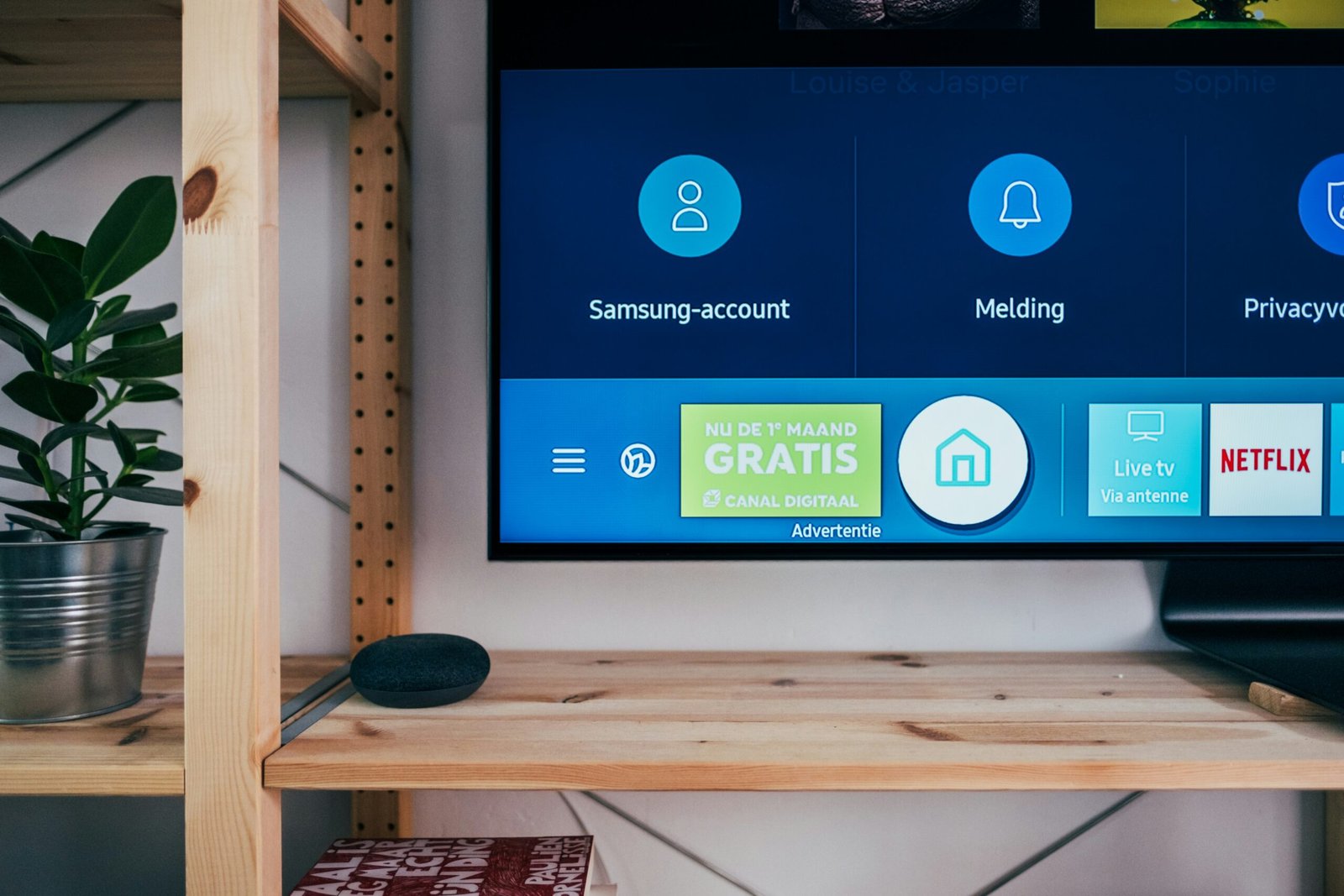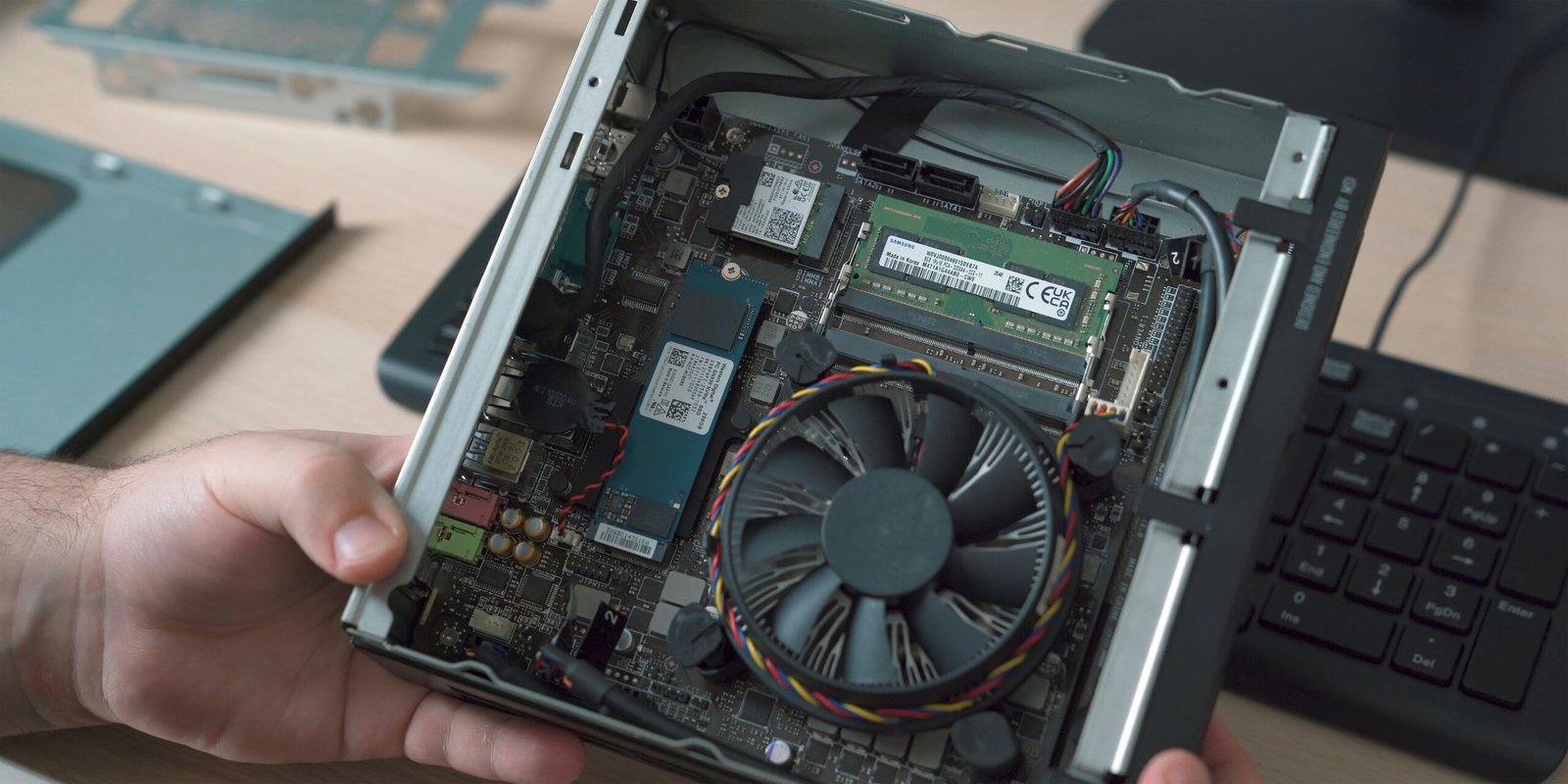Should I Get an IPS or VA LCD? A Detailed Comparison Guide
Understanding IPS and VA LCD Technologies
In the ever-evolving landscape of display technology, understanding the differences between IPS (In-Plane Switching) and VA (Vertical Alignment) LCD technologies is paramount. Each technology offers distinct advantages and serves specific purposes in a range of devices from desktop monitors to televisions and mobile devices.
IPS panels operate by aligning liquid crystals in parallel to the glass substrates. This unique alignment method allows for superior viewing angles and more accurate color reproduction, making IPS panels ideal for applications where color precision and visual clarity from multiple angles are critical. The technology originally emerged to address the limitations of traditional Twisted Nematic (TN) panels, and over the years, it has become prevalent in professional photography monitors, graphic design setups, and high-end smartphones.
Conversely, VA panels align liquid crystals perpendicular to the substrates when no electric current is applied. When current is introduced, the crystals tilt to allow light through, which results in significantly deeper blacks and higher contrast ratios. These characteristics make VA panels particularly suitable for environments where higher contrast is required, such as in home theaters and gaming monitors where rich, deep blacks can enhance the viewing experience. This technology also traces its roots back to improvements over older display types, primarily focusing on enhanced contrast and color depth.
The primary technical differences between IPS and VA panels lie in their handling of liquid crystal alignment, impacting viewing angles, color reproduction, and response times. IPS panels excel with wide viewing angles and color accuracy, while VA panels provide superior contrast and deeper blacks. Additionally, response times for these technologies vary, with IPS often delivering faster response rates, thus benefiting fast-action gaming and sports broadcasts.
In practical terms, your choice between IPS and VA panels should be influenced by the specific needs of your primary use case. For professional work that demands accurate colors and wide viewing experiences, IPS is the preferred choice. For home entertainment and immersive gaming, the high contrast and deeper blacks offered by VA panels might be more advantageous. Understanding these foundational differences allows you to make an informed decision tailored to your unique requirements.
Advantages and Disadvantages of IPS Panels
The decision to choose an IPS (In-Plane Switching) panel for your display needs comes with a host of advantages, making it a well-regarded choice in professional arenas such as graphic design, video editing, and other color-sensitive tasks. A principal benefit of IPS panels is their superior color accuracy. IPS technology offers a wider color gamut compared to other panel types, ensuring colors are reproduced with high fidelity. This precision is especially crucial for professionals who rely on accurate color reproduction for their work.
Another significant advantage of IPS panels is their wider viewing angles. Unlike other panel types, IPS displays maintain consistent image quality regardless of the viewer’s angle. This means that the colors and clarity of the screen do not degrade when viewed from the side, making these panels ideal for collaborative environments where multiple people might need to see the screen simultaneously.
Consistency in picture quality is another strong point for IPS panels. They provide uniform luminance across the screen, minimizing issues like color shift and ensuring reliable performance. This consistency is beneficial in scenarios where precise visual consistency is required across different parts of the screen.
However, IPS panels come with their own set of drawbacks. One common issue is their slower response times compared to VA panels. This can result in more noticeable motion blur, particularly in fast-paced video content or gaming. Professionals who require high refresh rates may find this to be a limiting factor.
Additionally, IPS panels are often more costly than VA panels. The advanced technology required to produce these superior attributes translates to a higher price point, making them a more expensive option.
In practical use cases, IPS panels shine in areas demanding high color accuracy and stable viewing experiences. For instance, graphic designers can trust that the colors they see on their screen will be accurate, while video editors will appreciate the ability to view their work from multiple angles without losing image integrity. Despite the higher cost and slower response times, the superior color accuracy and viewing angles make IPS panels an attractive choice for those in color-critical professions.
Advantages and Disadvantages of VA Panels
VA (Vertical Alignment) panels are renowned for their superior contrast ratios and the ability to display deeper blacks compared to IPS panels. This distinct advantage makes VA panels particularly appealing for activities that benefit from high contrast and rich color palettes, such as watching movies or gaming in darker environments. The high contrast ratio is achieved by the unique alignment of liquid crystals that block more light when in the off state, thus producing deeper blacks.
Additionally, VA panels generally exhibit fewer backlight bleed issues and offer more uniform brightness across the screen. This uniformity can enhance the viewing experience, particularly in scenes with significant shadow details and dark imagery.
However, VA panels are not without their disadvantages. One of the primary drawbacks is the narrower viewing angles compared to IPS panels. When viewed from an off-center position, colors on VA panels can shift and lose accuracy. This limitation makes VA panels less suitable for shared viewing experiences or professional tasks that demand consistent color accuracy from different angles.
Another challenge of VA panels is their response time, which can be slower than that of IPS panels. While advancements have been made, motion blur can occur, especially in fast-paced gaming scenarios. This response time issue can affect the clarity of moving images, making VA panels less ideal for competitive gaming.
When comparing VA and IPS in various lighting conditions, VA panels hold a significant edge in dark or dimly lit environments. The deeper blacks and higher contrast enhance image quality where ambient light is minimal. Conversely, IPS panels tend to perform better in brightly lit settings due to their superior viewing angles and consistent color performance, which remain stable from different perspectives.
In summary, VA panels offer excellent contrast and deep blacks, making them the preferred choice for immersive movie watching and gaming in low-light conditions. Nevertheless, their limitations regarding viewing angles and response times should be carefully considered based on the intended use. For those who require viewing from various angles or engage in fast-action gaming, IPS panels might still present a more balanced option.
Choosing the Right Panel for Your Needs
When determining whether to opt for an IPS or VA LCD panel, your decision should be influenced by a combination of factors, including usage type, budget constraints, and personal preferences. Each panel technology excels in different areas, and understanding these strengths can guide you towards the most suitable choice for your specific requirements.
Gaming: For avid gamers, the choice between IPS and VA can be pivotal. IPS panels are renowned for their superior color accuracy and wider viewing angles, making them ideal for gaming environments where visual fidelity is paramount. However, IPS panels typically have slower response times compared to VA panels, which could lead to occasional motion blur. On the other hand, VA panels offer better contrast ratios and deeper blacks, immersing you in games with rich, dark scenes, but may suffer from narrower viewing angles and color accuracy.
Professional Work: If your work involves graphic design, video editing, or any visual-intensive task, an IPS panel is likely your best bet. The precision in color representation and consistency across viewing angles makes IPS panels favorable for professionals where color accuracy is critical. VA panels, while generally more affordable, might not meet the rigorous demands for flawless color uniformity and could thus be less suitable for professional-grade tasks.
General Use: For users who need a versatile display for browsing, streaming, or light office work, both IPS and VA panels can serve adequately. If you prefer better color performance and are not overly concerned with budget, an IPS panel will offer a better experience overall. Conversely, a VA panel offers good value for money and performs competently in darker environments due to its high contrast ratios.
In terms of budget, VA panels tend to be more cost-effective, offering excellent performance for their price. IPS panels usually come at a premium but justify their cost with top-notch color accuracy and wide viewing angles.
When shopping for a new display, always check for specifications like refresh rate, response time, and the type of backlighting used, as these can affect your overall experience. Be wary of common misconceptions, such as the belief that VA panels always have poor viewing angles or that IPS panels are always better; each technology has its unique advantages and potential trade-offs.
In the end, the right choice depends on balancing your specific needs, preferences, and budget. By understanding what each panel technology offers, you can make an informed decision that aligns with your intended use case and expectations.







